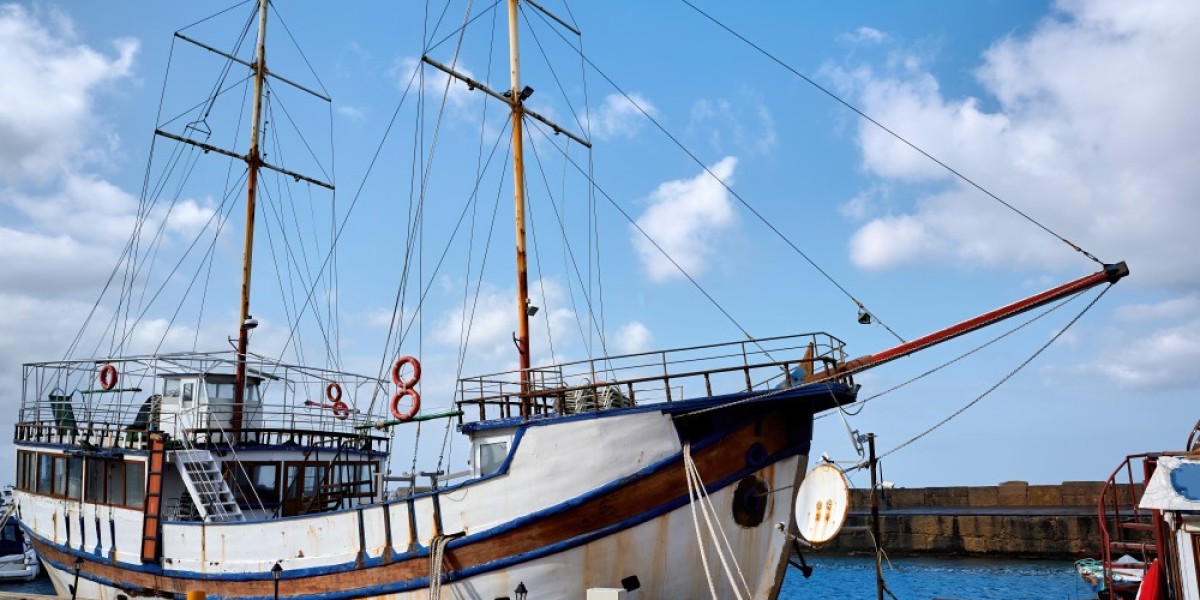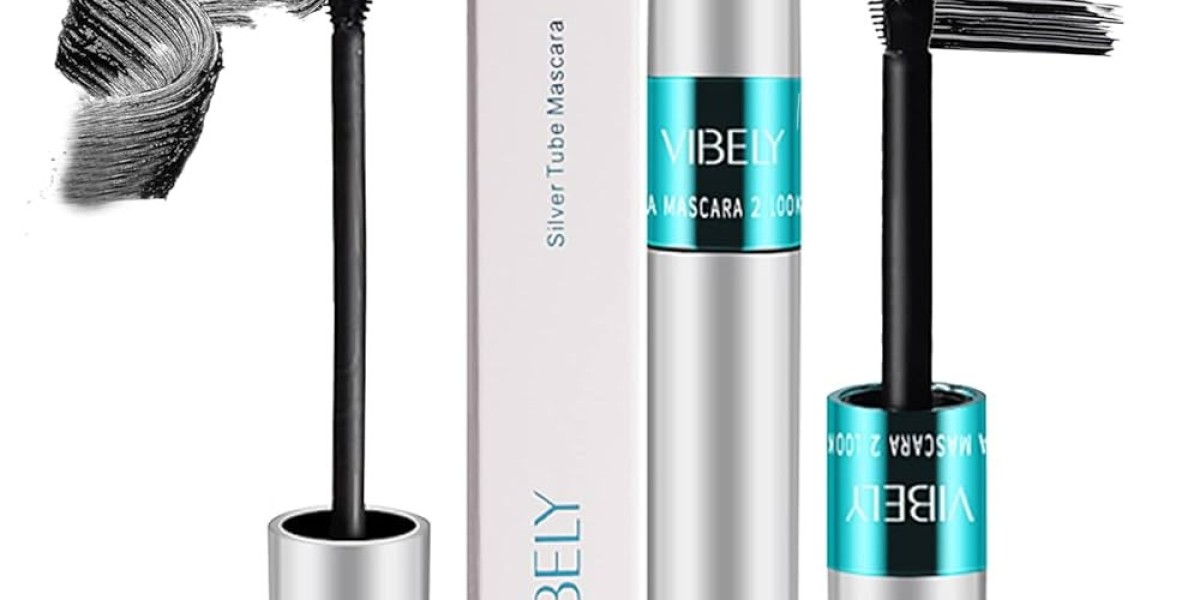The bow of a ship is more than just the front—it’s a carefully engineered section that plays a critical role in cutting through water, maintaining balance, and ensuring smooth navigation. Whether you're a maritime student, cruise enthusiast, or simply curious about ship design, understanding the parts of the bow gives you deeper insight into the complexity of naval architecture.
In this blog, we’ll break down the main parts of the bow, what they do, and why they matter.
What Is the Bow?
The bow is the forward-most part of a ship's hull, designed to reduce resistance as the vessel moves through the water. Its shape is critical for speed, stability, and fuel efficiency. Different ships have differently shaped bows, depending on their purpose—cruise ships, cargo vessels, warships, and yachts all prioritize different functions.
Main Parts of the Bow
Here are the key structural and functional components located at or near the bow:
1. Stem
The very front edge of the bow.
It is a vertical or slightly raked post that forms the forward-most part of the hull.
It connects to the keel (bottom backbone of the ship).
2. Bulbous Bow
A rounded, protruding bulb below the waterline.
Helps reduce drag and wave resistance.
Improves fuel efficiency and speed—commonly found on large ships.
3. Hawse Pipes
Pipes through which the anchor chains pass.
Located on either side of the bow.
Lead from the deck to the waterline where the anchors rest when retracted.
4. Anchor
Though not structurally part of the bow, the anchor is typically located there.
Used to moor the vessel to the seabed.
Most ships have two bow anchors (port and starboard).
5. Forecastle (Fo’c’sle)
The upper deck near the bow.
Historically used for crew quarters on older sailing ships.
In modern ships, it often houses equipment like winches, windlasses, and mooring gear.
6. Bow Thrusters
Side-facing propellers embedded in the hull.
Provide lateral movement to assist with docking and maneuvering.
Located below the waterline, usually near the bulbous bow.
7. Forepeak Tank
A tank located in the forward-most compartment of the hull.
Used for ballast water, improving stability and trim.
8. Bow Rail / Pulpit
Found on smaller vessels like yachts or sailboats.
A railing that provides safety on the front deck area.
On fishing boats, it may include mounting points for gear.
Optional and Specialized Features
Sonar Dome (on submarines and naval vessels): Houses sonar sensors used for navigation or detecting underwater threats.
Ramming Bow (historical): Reinforced tip designed to damage enemy ships.
Icebreaker Bow: Reinforced and specially shaped to ride over and break ice.
Why the Bow Matters
Hydrodynamics: The shape affects how efficiently the ship moves.
Safety: Key structural features help in navigation and emergency anchoring.
Maneuverability: Bow thrusters improve control in tight spaces.
Storage and Equipment: Many operational systems are located near or within the bow.
Conclusion
From the streamlined bulbous bow to the essential hawse pipes and powerful bow thrusters, the front of a ship is packed with purpose-driven design. Each part plays a crucial role in keeping the ship moving efficiently and safely through the water.
Next time you’re on a cruise ship or even watching one at port, take a closer look at the bow—you’ll know exactly what you’re looking at!








